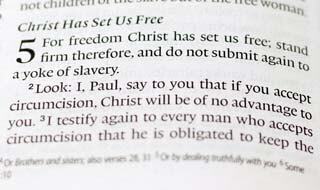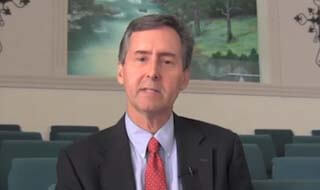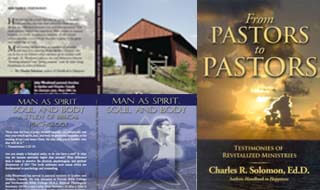“There is in a Russian palace, a famous ‘Saloon of Beauty,’ wherein are hung over eight hundred and fifty portraits of young maidens.[1] These pictures were painted by Count Rotari, for Catharine the Second, the Russian empress; and the artist made a journey, through the fifty provinces of that vast empire of the north, to find his models.
In these superb portraits that cover the walls of this saloon, there is said to be a curiously expressed compliment to the artist’s royal patron, a compliment half concealed and half revealed. In each separate picture, it is said, might be detected, by the close observer, some hidden, delicate reference to the empress for whom they were painted. Here a feature of Catharine appears; there an attitude is reproduced, some act, some favorite adornment or environment, some jewel, fashion, flower, style of dress, or manner of life — something peculiar to, or characteristic of, the empress — so that the walls of the saloon are lined with just so many silent tributes to her beauty, or compliments to her taste. So inventive and ingenious is the spirit of human flattery when it seeks to glorify a human fellow-mortal, breaking its flask of lavish praise on the feet of an earthly monarch.
The Word of God is a picture gallery, and it is adorned with tributes to the blessed Christ of God, the Savior of mankind.[2] Here a prophetic portrait of the coming One, and there an historic portrayal of Him who has come; here a typical sacrifice, and there the bleeding Lamb to whom all sacrifice looked forward; here a person or an event that foreshadowed the greatest of persons and the events that are the turning points of history; now a parable, a poem, an object lesson, and then a simple narration or exposition or explanation that fills with divine meaning the mysteries that have hid their meaning for ages, waiting for the key that should unlock them. But, in whatever form or fashion, whatever guise of… prophecy or history, parable or miracle, type or antitype, allegory or narrative, a discerning eye may everywhere find Him — God’s appointed Messiah, God’s anointed Christ. [There is] Not a human grace that has not been a faint forecast or reflection of His beauty, in Whom all grace was enshrined and enthroned — not a virtue that is not a new exhibition of His attractiveness. All that is glorious is but a phase of His infinite excellence, and so all truth and holiness, found in the Holy Scripture, are only a new tribute to Him who is the Truth, the Holy One of God.
This language is no exaggeration; on such a theme not only is exaggeration impossible, but the utmost superlative of human language falls infinitely short of His divine worth, before whose indescribable glory cherubim and seraphim can only bow, veiling their faces and covering their feet.[3] The nearer we come to the very throne where such majesty sits, the more are we awed into silence. The more we know of Him, the less we seem to know, for the more boundless and limitless appears what remains to be known. Nothing is so conspicuous a seal of God upon the written Word, as the fact that everywhere, from Genesis to Revelation, we may find the Christ; and nothing more sets the seal of God upon the living Word than the fact that He alone explains and reveals the Scriptures.
[“And He (Christ) is the head of the body, the church, who is the beginning, the firstborn from the dead, that in all things He may have the preeminence.” (Col. 1:18, NKJV). As a believer, God is conforming you to the image of His Son! (Rom. 8:28,29). Is He supreme in your life?]
From In Christ Jesus, by A. T. Pierson, (Chicago: Moody Press), 9-11. (Originally published in 1898)
Bracketed content, footnotes, and title added by JBW
[1] “saloon” is used with its European meaning: “1 b chiefly British: an often elaborately decorated public hall” http://www.merriam-webster.com. The author is referring to Catherine the Great. (Catherine II was Empress of Russia from 1762 until 1796.)
[2] “For to this end we both labor and suffer reproach, because we trust in the living God, who is the Savior of all men, especially of those who believe.” (1 Ti 4:10). emphasis added
[3] See Revelation 5:6-14.
Christ as the central theme of the Holy Bible: Psalm 22; Isaiah 53. New Testament examples:
John 5:39: “You search the Scriptures, for in them you think you have eternal life; and these are they which testify of Me.”
Luke 24:27: “And beginning at Moses and all the Prophets, He [Jesus] expounded to them in all the Scriptures the things concerning Himself.”
Rev. 19:10: “… Worship God! For the testimony of Jesus is the spirit of prophecy.”
Rev. 1:8;22:12,13: “‘I am the Alpha and the Omega, the Beginning and the End,’ says the Lord, “who is and who was and who is to come, the Almighty.” …”And behold, I am coming quickly, and My reward is with Me, to give to every one according to his work. I am the Alpha and the Omega, the Beginning and the End, the First and the Last.”

















